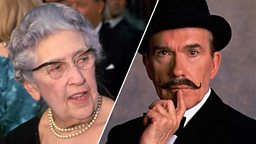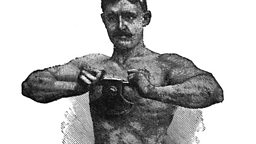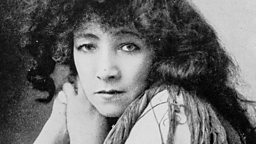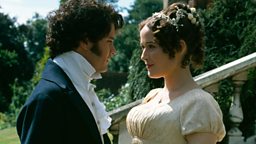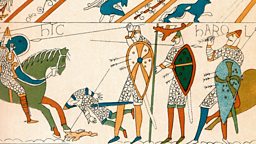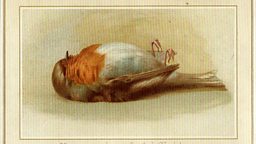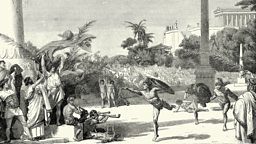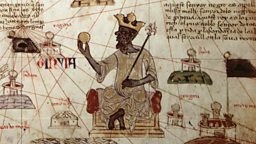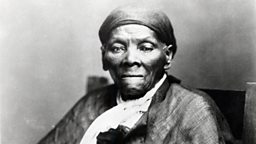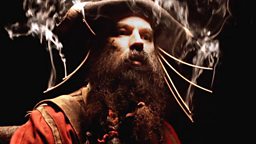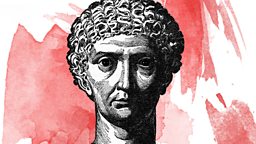7 behind-the-scenes facts about the history of Bollywood
Bollywood produces the most popular cinema in the world, reaching over a billion more viewers a year than Hollywood. And with over 700 new releases a year, the Indian film industry is prolific too. But when did Bollywood begin, and how has it changed over the last century?
In the You’re Dead To Me podcast, host Greg Jenner is joined by Prof Sunny Singh and broadcaster Poppy Jay to learn all about Indian cinema. Read on for the historical facts they find beneath the showbiz glitz and glamour…
> Listen to the History of Bollywood episode

1. The history of Indian cinema begins 2000 years ago
The conventions of Bollywood are actually rooted in the Natyashastra, a Sanskrit text from the second century BCE. In 6000 verses, this treatise explores all elements of theatrical performance and production throughout India, and discusses drama as a cultural form accessible to all levels of society.
The 1932 film Indrasabha featured an incredible 71 songs!
2. Cinema caught on quickly in India
France’s famous Lumière brothers debuted their innovative camera and projector in Paris in 1895. It only took six months for the technology to reach Mumbai, a journey of nearly 7000km! The first feature-length silent film produced in India, Raja Harishchandra, was released in 1913, after its director, Dadasaheb Phalke, spent just two weeks in London learning filmmaking techniques.
3. There’s no such thing as a Bollywood musical
Bollywood films are known for their epic song and dance numbers, but there’s no such thing as a Bollywood musical. And that’s because songs are so integral to Indian cinema that almost no films are made without them.
Up to 25% of a film’s budget can depend on the sale of music rights, and musical numbers serve specific narrative purposes within a film: they introduce characters, set the emotional tone, reveal key themes, and provide crucial moments of levity. Some films have gone overboard with the music though. The 1932 film Indrasabha featured an incredible 71 songs!
4. German filmmakers helped bring colour to Indian cinema
In the interwar period, a number of German directors worked in India, Indian filmmakers trained in Germany, and a German man led India’s first cinecolour laboratory. The first Bollywood film in colour, 1933’s Sairandhri, was actually produced in Germany. Sadly, these collaborations ended with the advent of the Second World War, when Britain expelled all German citizens from its colonies.
5. Celebrity culture has always been integral to Bollywood
The very first film stars in India were already famous theatre actors, whose fans would travel miles to see them perform. This fandom then transferred over to the silver screen.

One of the early Bollywood stars was Sulochana, an actress from Bombay’s Iraqi Jewish community. She became famous for appearing in silent films, but when sound was introduced, she had to take a year off from acting so that she could learn Hindustani, the common language of Indian cinema.
6. Making Bollywood films can be dangerous
In 1982, while filming the movie Coolie, Bollywood megastar Amitabh Bachchan suffered a near-fatal injury on set. Crowds of well-wishers gathered outside the hospital where he was treated, and prayers were offered for him across the country. When he was well enough to return to set the film was rewritten so that his character no longer died at the end!
7. Indian cinema has always been political
2023 blockbuster Jawan, starring Bollywood heartthrob Shah Rukh Khan, is surprisingly political: it ends with a minutes-long monologue to camera about the importance of voting and holding politicians to account. But this is nothing new. Films in the 1930s championed Indian independence and included storylines about the defeat of unjust rulers.
In the 1960s and 70s, wars, unemployment, women’s rights, divorce and civil rights were reflected in films. Bollywood has always had a viewpoint on Indian politics.




